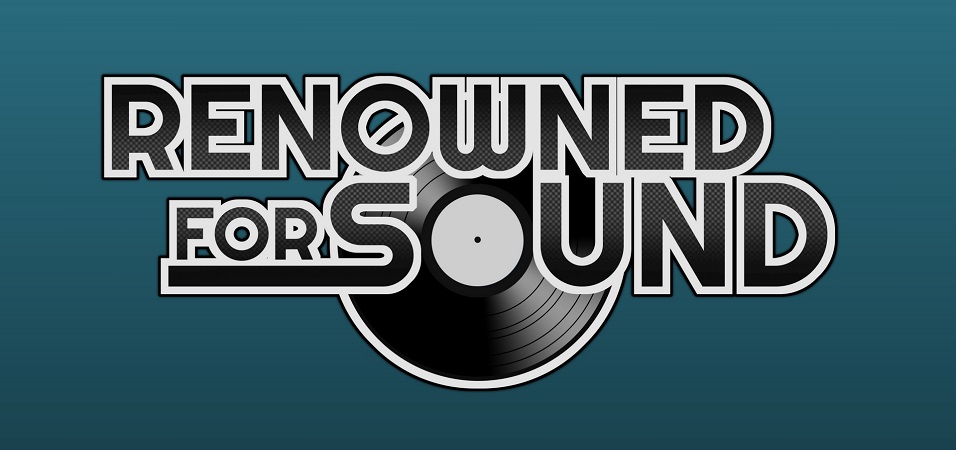Album Review: Metallica – Hardwired… To Self-Destruct
3 min read
I’m going to say something that will probably have the hard-core Metallica fans baying for my blood; I quite like St. Anger and Death Magnetic. Excepting the technical issues around the mix/mastering of the latter – come on Rick Rubin, dynamic-range is not a dirty world – I think they are both solid albums, and St. Anger is a raw, visceral piece of metal that certainly didn’t deserve the drubbing it received from fans. Death Magnetic started the process of making amends in many fans’ eyes, and I’d be surprised if Hardwired… To Self-Destruct doesn’t see the quartet back in the good graces of fans.
 Hardwired… To Self-Destruct would comfortable fit on a single CD, but Metallica have opted to spread their tenth studio release out over two discs. It is nothing but a conceit, but it is a conceit we can get behind, serving two important aesthetic purposes. Firstly, it is a gentle nod to the nostalgia for releases on vinyl, reminding the audience of the role packaging and art play in informing the experience of the music and secondly, it enforces a degree of pacing on the album that is otherwise lacking. Metallica have returned – although not entirely – to the fast, aggressive style that made them the biggest of the Big Four thrash bands, and over the course of Hardwired… this could easily fatigue the listener – this is where the break midway through the record pays off.
Hardwired… To Self-Destruct would comfortable fit on a single CD, but Metallica have opted to spread their tenth studio release out over two discs. It is nothing but a conceit, but it is a conceit we can get behind, serving two important aesthetic purposes. Firstly, it is a gentle nod to the nostalgia for releases on vinyl, reminding the audience of the role packaging and art play in informing the experience of the music and secondly, it enforces a degree of pacing on the album that is otherwise lacking. Metallica have returned – although not entirely – to the fast, aggressive style that made them the biggest of the Big Four thrash bands, and over the course of Hardwired… this could easily fatigue the listener – this is where the break midway through the record pays off.
Of the two discs, disc one is the one that really shines – which isn’t too surprising as it contains the three singles from the album; Hardwired, Moth Into Flame, and Atlas, Rise! – while the second is lacklustre by comparison. The choice of the fast, energetic, and relentlessly ballistic Spit Out The Bone to end the second disc – and the album – bookends nicely with opening track, Hardwired. If the listener decides to indulge the entire album in a single sitting they should prepare for a hard slog to the finish line. The lack of variety in song structure becomes quite evident by Confusion at the record’s halfway point, and Here Comes Revenge is at least 2 minutes too long, while Am I Savage undercuts its interesting tempo changes with the expected riffs, sucking some of the enjoyment out of the album.
Robert Trujillo only received a writing credit for ManUNkind, which probably explains why the song opens with a prog-ish bass line whereas the rest of the album sees him tucked snuggly in the pocket. Lars Ulrich won’t be winning any new fans with his drumming, but neither has he provided his detractors with ammunition, and James Hetfield delivers a solid vocal performance throughout, particularly on a “quieter” track like Halo On Fire. For the first time since Ride the Lightning, Kirk Hammett doesn’t have a writing credit on the album – courtesy of losing his phone with his song ideas on it – though it is interesting to think how the Hardwired… might be different, and if it would have been improved, had his creative input extending beyond his improvised lead work.
Hardwired… To Self-Destruct won’t be considered Metallica’s magnum-opus, but in many ways it is the album they needed to release to bridge the gaps between fans of their ‘80s output, and their ‘90s and 2000’s mid-career sonic transitions. For the first time in a long while, new fans and old, are likely to be equally pleased with a new Metallica record.



